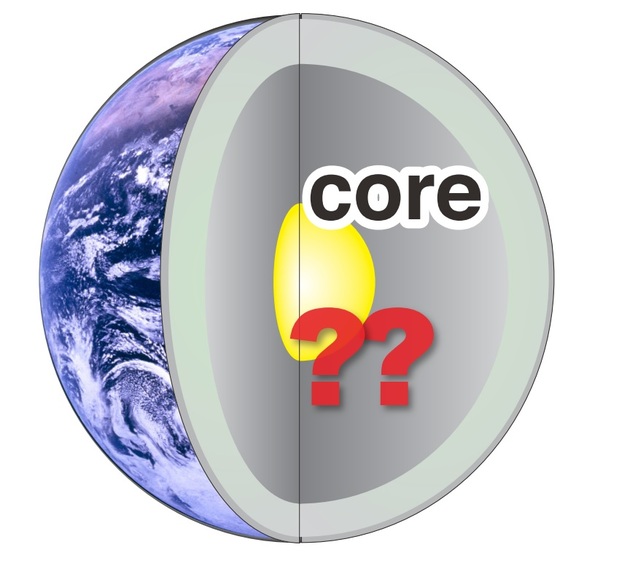ELSI Blog
10 Deep Earth and Outer Space
During the last ELSI seminar, on July 17, our Director Kei Hirose gave a talk about his work on the structure of the core of the Earth. I found it fascinating on several counts. Having studied astrophysics from age 18 and having conducted research in that area for the last 35 years, I have a pretty good idea of what is above our heads: the rest of the huge Universe we live in. With our best telescopes we are able to peek close to the edge of the visible Universe, more than ten billion light years away in all directions. I have a pretty good sense of the distribution of matter in stars, galaxies and clusters of galaxies, on all scales between that of the solar neighborhood, our own galaxy and the rest of the visible universe. Yet, as soon as Kei started his talk, I realized how little I knew about what is underneath my feet: the inner structure of the planet Earth we live on.
And I'm not alone in my lack of knowledge: even the best theories for the composition of the deep Earth show large uncertainties. We simply don't know how much water there is hidden in the chemical structures of the rocky material in the mantle of the Earth. I had read on the web that there may be more or less water in those rocks than there is in all the world's oceans together. Kei told us that, according to his best estimates, there is far more water in the mantle than there is in the oceans. In any case, everyone seems to agree that there is at least an order of magnitude uncertainty in the total amount of water on Earth. While we have `dark matter' in the outer universe, we seem to have a kind of `dark water' inside our own planet!
While listening to Kei's talk I remembered realizing long ago, as a student in astronomy, how surprised I was that we understand far away things much better than things that are nearby. We know much more about the center of the Sun than the center of the Earth, for example. The Sun is hot enough that its central components are broken down into a hot glowing plasma. As soon as we know the composition of this plasma, in terms of ratios of chemical elements, there is little uncertainty as to its properties. In contrast, the center of the Earth is far cooler than the center of the Sun, and hence it is not simply a plasma: it contains various complex minerals which have a far more complex composition than the glowing plasma that exists at the heart of the Sun.
We can go even further away in space and time, back to the first second after the Big Bang. At that time, temperature and pressure were high enough that all interacting forms of matter and radiation were broken down to just a hand full of elementary particles: mostly just electrons, positrons, neutrons, protons, and photons. Compared to the center of the Sun, the composition and behavior of that soup of particles was even simpler.
Isn't that remarkable? That the structure and processes of our world during the first second after the Big Bang can be written on the back of an envelope, while the nature of the center of the Sun is already much more complex, with the details of the center of the Earth being even far more uncertain? And of course, all these theories live in our brains, which are far far more complex than any other patterns we have ever encountered anywhere in the Universe.












